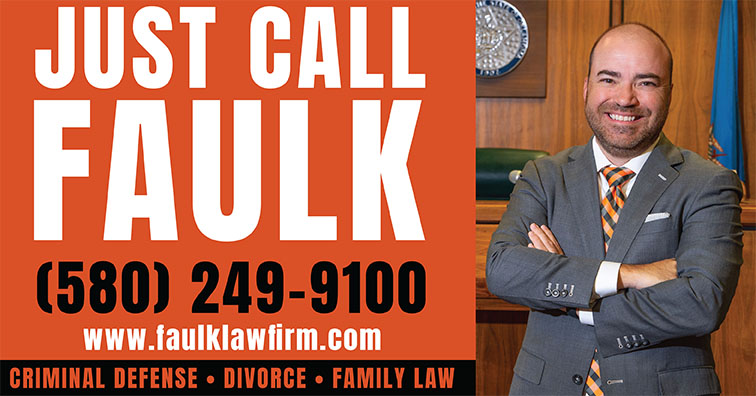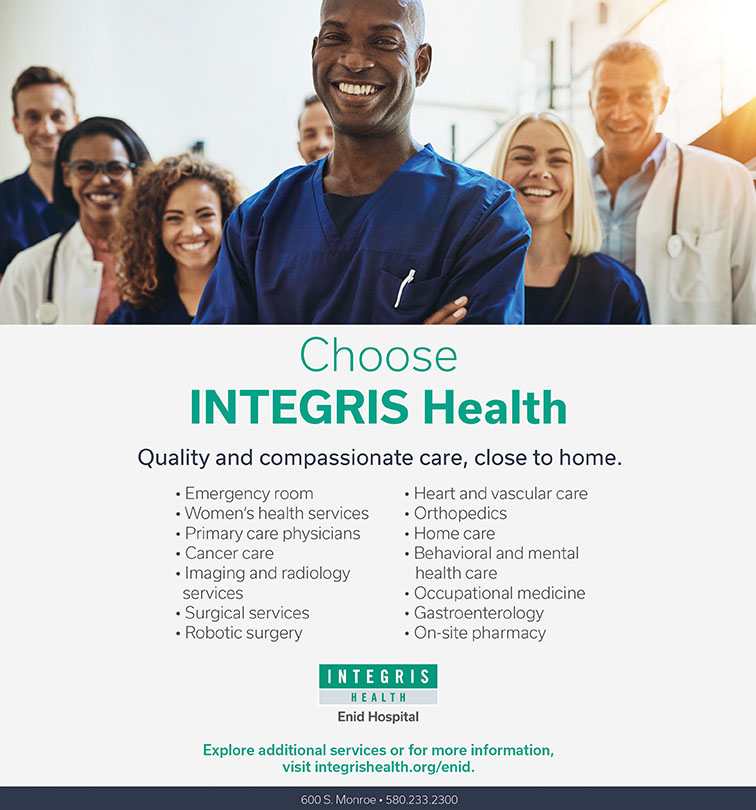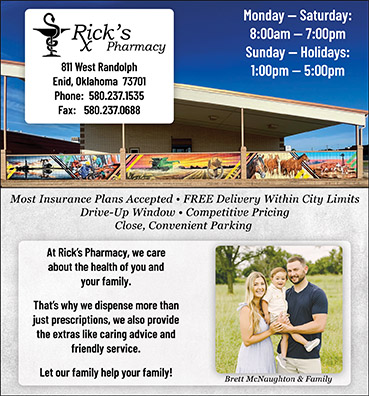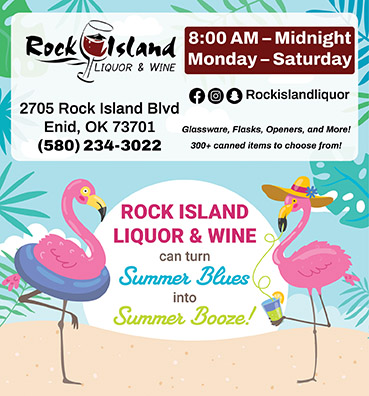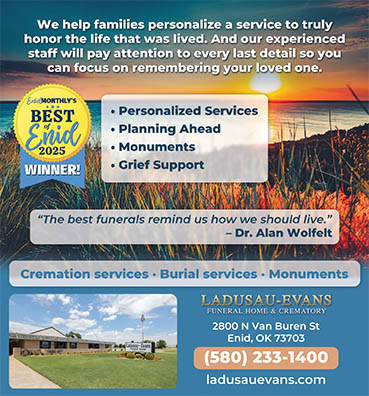By the time you are done reading this article several people in the United States are likely to have experienced a stroke. In fact, according to the Centers for Disease Control and Prevention, someone in the United States has a stroke on average every 40 seconds. Sadly, stroke is also a leading cause of serious long-term disability, with half of all stroke survivors over age 65 experiencing reduced mobility. What’s more, every four minutes, someone in this country dies from a stroke.
While that makes this all-too-common occurrence a leading cause of death and disability, many people are not familiar with stroke’s signs and symptoms. That’s especially unfortunate because blood flow to the brain is impacted when someone is having a stroke, so the sooner help is provided, the less potential there is for damage to occur.
Kristy Petersen, MD, medical director of the Rehabilitation Institute at St. Mary’s Regional Medical Center, shares important information on stroke.

What Is a Stroke?
A stroke happens when an artery that carries blood to the brain is blocked or when a blood vessel ruptures, causing brain tissue to die as it is deprived of vital blood supply.
Not all strokes are the same. The most common types include:
- Ischemic strokes occur when an artery in the brain is blocked and forms a blood clot. This is the most common type of stroke and, according to the American Stroke Association®, ischemic strokes account for 87 percent of all strokes. Typical symptoms include facial drooping, arm weakness or speech difficulty.
- A Transient Ischemic Attack (TIA) occurs when the blood supply to the brain is temporarily blocked. TIAs are sometimes referred to as “mini strokes” as these small blockages may cause symptoms and then go away. However, they can serve as an important warning sign and should be taken seriously.
- Hemorrhagic strokes occur when a blood vessel ruptures in the brain and leaks blood into or around brain tissue. People experiencing hemorrhagic strokes may describe them as the worst headache of their lives. In addition to an intensive headache, weakness, nausea and vomiting can also be symptoms.
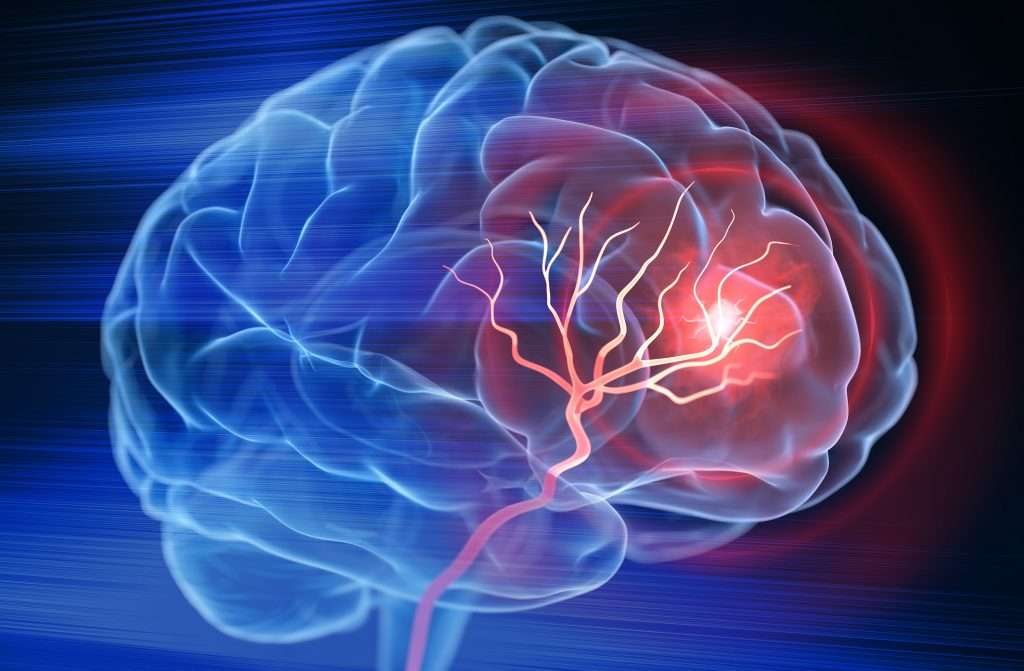
Think F.A.S.T.
The American Stroke Association provides guidelines on stroke symptoms.
These include:
F = Face Drooping
Does one side of the face droop or is it numb? Ask the person to smile. Is the person’s smile uneven?
A = Arm Weakness
Is one arm weak or numb? Ask the person to raise both arms. Does one arm drift downward?
S = Speech Difficulty
Is speech slurred?
T = Time to call 911
They also advise you to watch for other symptoms of a possible stroke, including sudden:
NUMBNESS or weakness of face, arm, or leg, especially on one side of the body
CONFUSION, trouble speaking or understanding speech
TROUBLE SEEING in one or both eyes
TROUBLE WALKING, dizziness, loss of balance or coordination
SEVERE HEADACHE with no known cause

Nationally Recognized Stroke Care at St. Mary’s Regional Medical Center
The good news for residents of northwest Oklahoma is that when every minute matters, quality stroke care is close to home.
The Oklahoma State Health Department has designated St. Mary’s Regional Medical Center as a Level II Stroke Center. This means that the St. Mary’s stroke team has an organized approach and protocols for managing patients who come to the hospital for stroke treatment.
In addition, St. Mary’s has received the American Heart Association’s® Stroke Gold Plus Get With The Guidelines®-Stroke Quality Achievement Award. The award recognizes the hospital’s commitment to ensuring stroke patients receive the most appropriate treatment according to nationally recognized, research-based guidelines based on the latest scientific evidence.
St. Mary’s is fully accredited by The Joint Commission and earned its Advanced Certification for Primary Stroke Centers. The hospital has also been rated a high-performing hospital by U.S. News & World Report in stroke care.
For more information, visit stmarysregional.com/services/stroke-center.

305 South 5th Street, Enid, Oklahoma 73701
Physicians are on the medical staff of St. Mary’s Regional Medical Center, but, with limited exceptions, are independent practitioners who are not employees or agents of St. Mary’s Regional Medical Center. The hospital shall not be liable for actions or treatments provided by physicians. For language assistance, disability accommodations and the nondiscrimination notice, visit our website.
















